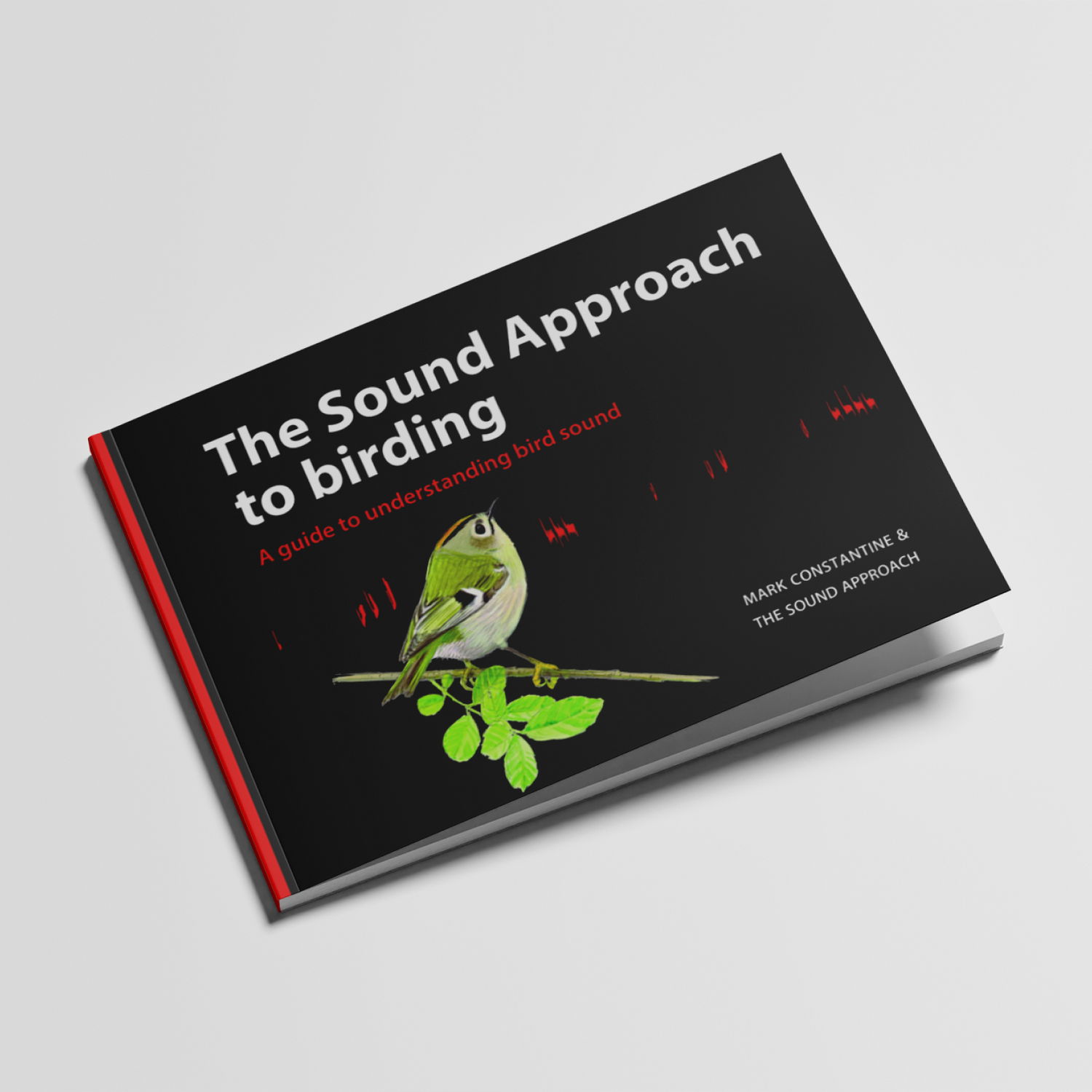
Learn
Introduction to bird sounds
Understanding a secret language of bird sounds

What do bird sounds mean?
Bird songs and calls are some of the most captivating aspects of birdwatching, and learning to identify birds by their sounds can enrich your experience in ways you never imagined, from noticing the natural environment to identifying species to understanding bird behaviour. The first step is to understand the complex meaning behind this ancient and enigmatic form of communication.
The role of bird sounds in identification has long been underestimated and is often misunderstood. Bird identification has typically revolved around plumage colours, structural features and behaviour: visible features over visualisations. It is not unusual for entire publications to contain no reference to calls or songs at all, and written descriptions in field guides tend to be of rather limited value. Consequently, the ways many identify and describe bird sounds is haphazard. It is notoriously difficult to describe to someone else why a bird was what you heard it to be.
Bird sounds and bird behaviour are inextricably linked. Many bird songs may be beautiful to listen to, but birds are not singing for our (or their) pleasure. Different species make a variety of calls, for example alarm calls, flight calls, territorial songs and so on, and can also use the same vocalisations for more than one purpose or strategy.
There can often be occasions when it is difficult to know where to draw the line between a ‘song’ and a ‘call’, and it is best not to be too rigid in making those distinctions. Songs are assumed to be complex and can be melodic, and are associated with mating, territory and displaying. Calls are assumed to be simpler and relate to alarm, flight or, in the case of chicks, begging for food. However, this is a drastic over-simplification. Many birds ‘sing’ although we do not associate them with pleasing harmonies (think of ducks, owls, divers, for example), but the purpose behind these sounds is the same as that of a Nightingale’s tuneful song.

Books & audio
The Sound Approach to birding
By Mark Constantine and The Sound Approach. No matter what your level of knowledge, with The Sound Approach to Birding you will enhance your field skills and improve your standards of identification whilst listening to over 200 high quality sound recordings. If you're new to bird listening, this is the book for you.
Learn more
Find out more about different areas of bird sounds
-
Bird sounds
Getting started with your bird listening
-
Sonagrams
Understanding what bird sounds look like
-
Kit & software
What do you need to record bird sounds?
-
Books & audio
Delve into different areas of bird sounds
Species recordings
Below we have a range of species that we have studied in detail for the purposes of 'nocmig'

 Little Grebe
Little Grebe
 Common Quail
Common Quail
 Black-crowned Night Heron
Black-crowned Night Heron
 Black Redstart
Black Redstart
 Eurasian Whimbrel
Eurasian Whimbrel
 Little Bittern
Little Bittern
 Common Sandpiper
Common Sandpiper
 Spotted Crake
Spotted Crake
 Common Blackbird
Common Blackbird
 Common Greenshank
Common Greenshank
 Green Sandpiper
Green Sandpiper
 Common Redshank
Common Redshank
 European Pied Flycatcher
European Pied Flycatcher
 European Robin
European Robin
 Meadow Pipit
Meadow Pipit
 Wood Sandpiper
Wood Sandpiper
 Bar-tailed Godwit
Bar-tailed Godwit
 Redwing
Redwing
 Ring Ouzel
Ring Ouzel
 Eurasian Bittern
Eurasian Bittern